…technical skill held to a high standard. There were now extra shaping bones arranged inside including curved pieces at the bust to give more roundness there. (Extant stays: 1750 boning was more complex than early decades)
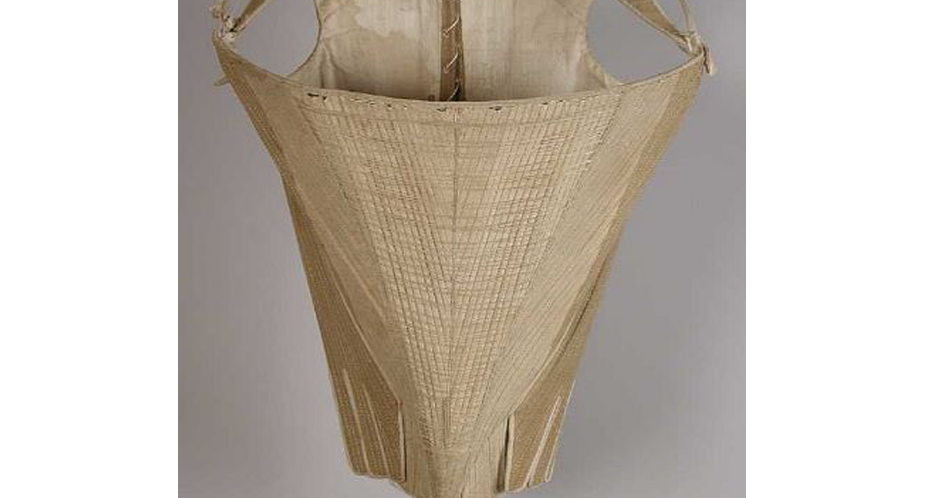

…technical skill held to a high standard. There were now extra shaping bones arranged inside including curved pieces at the bust to give more roundness there. (Extant stays: 1750 boning was more complex than early decades)
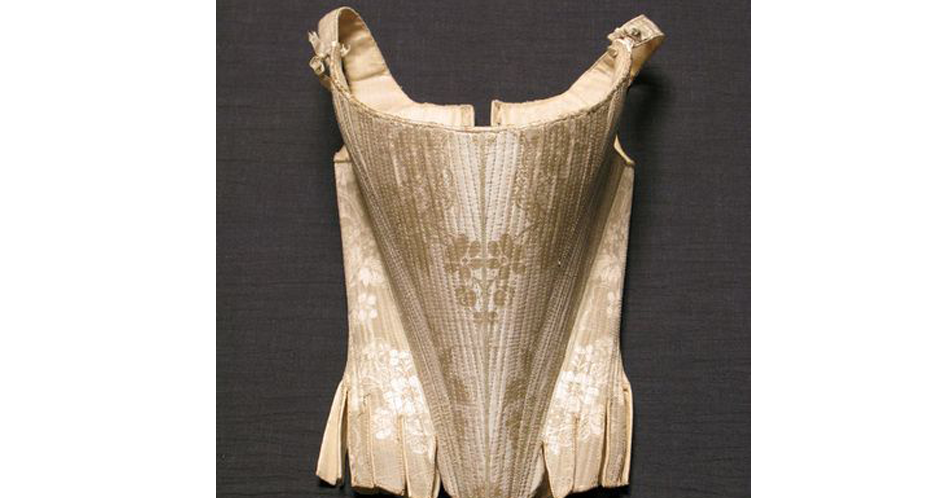
…stays were covered with decorative fabric that didn’t always match the construction seaming. (Photo: 18th century decorative stays)
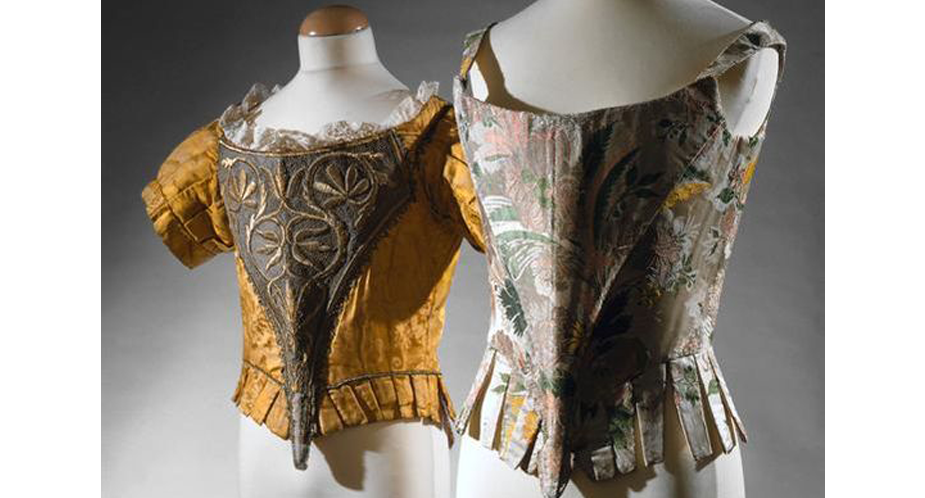
…laced in front. The way they were put together was still rather “rough” which is how one can tell stays from the early 1700’s from those of the mid to later 1700’s. (Photo: rough construction of stays 1680 and 1720)
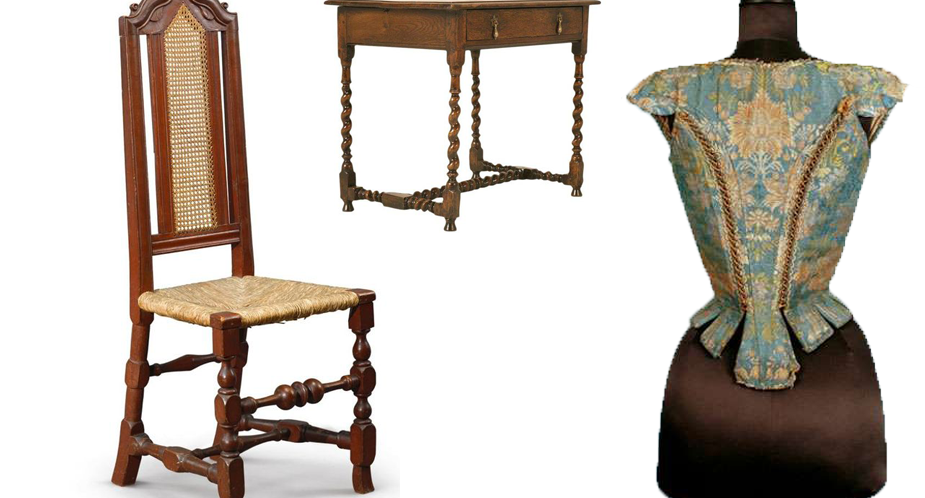
…of architecture and furniture were repeated in clothing. The stays were responsible for the slender silhouette as they straightened out and tapered down the waist. (1710 Queen Anne furniture and bodice)

…considered the essential part of women’s apparel. The staymaker or “tailleur de corps baleine” became a separate and specialized profession, who were always men. (Sketch: 18th century Staymaker, always men)
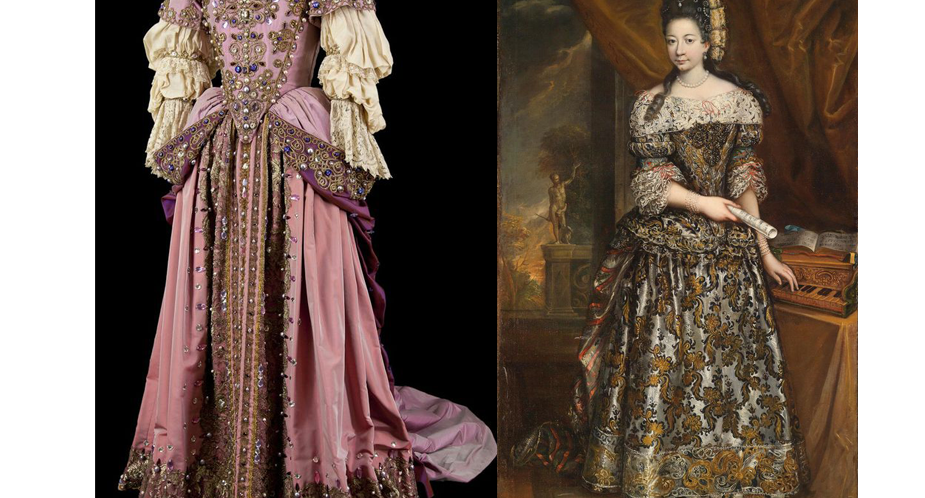
(Featured: French and Spanish Court dresses)
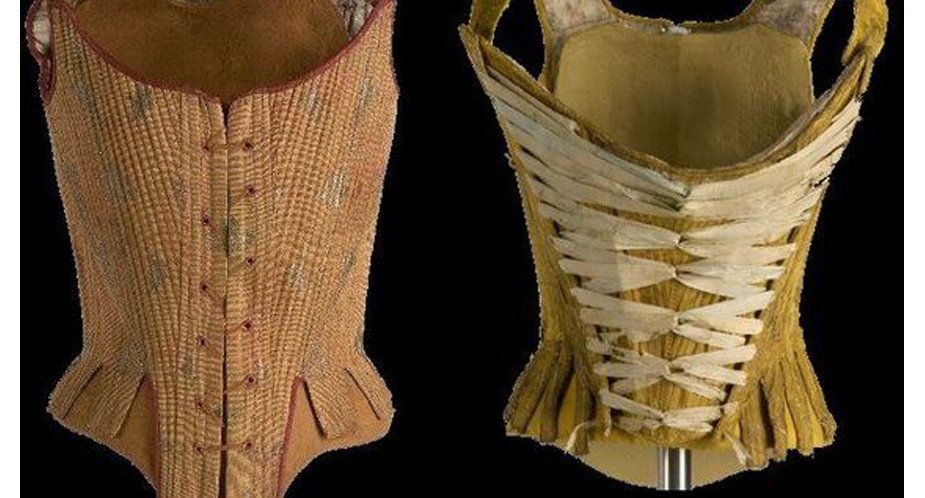
…half boned or fully boned. They might lace up in the front or the back, and were worn on the outside of the skirt or dress, but with the back tabs underneath so they could hold up the petticoats. (Photos: 17th century stays with petticoat tabs)
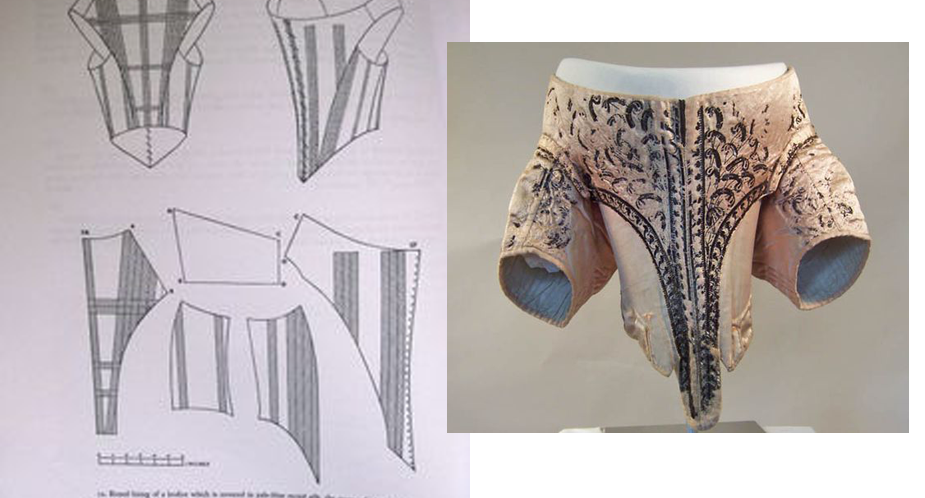
…now went over the hips with the whalebone being carried down tabs so they wouldn’t poke the waist. The bodice now had diagonal side seams. This arrangement of boning gave a rounder shape and a more slender appearance to the woman, which made her appear to have an oval neckline …
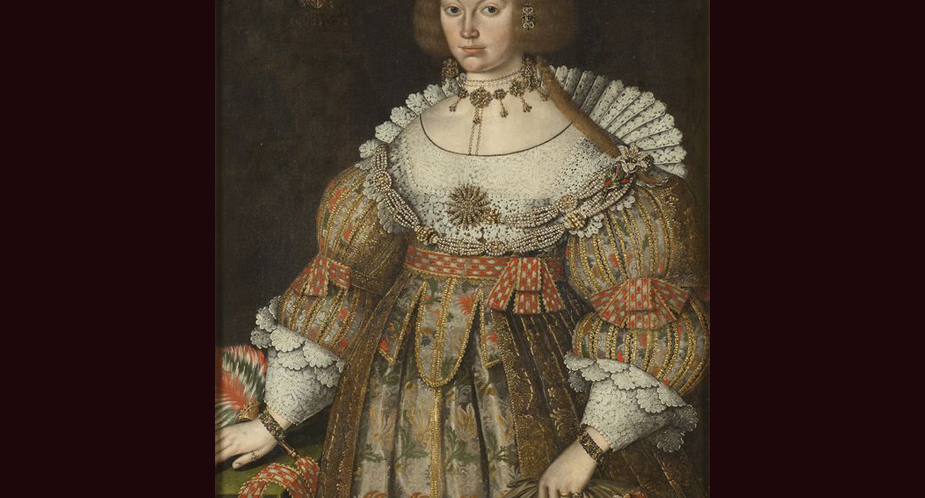
…periods had their origin in the boned bodice of the middle of the 17th century. From 1650 on, the bodice reached the waist, and kept going lower. This was achieved by lengthening center front and center back pieces. (Portrait: 1640’s Swedish royal)
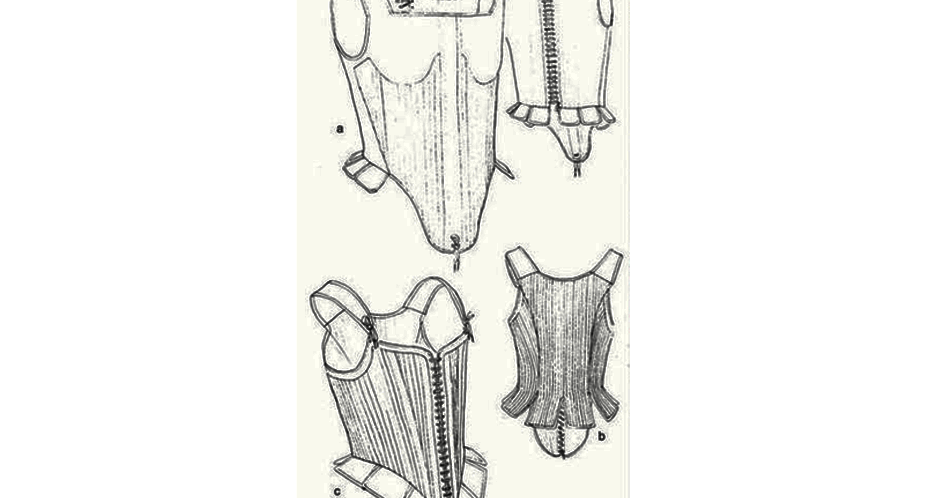
…went along with any whaleboned stays, to hold them in place on the body and to lift the breasts high. Throughout the 16th century shoulder straps were right on the shoulders. In the 17th straps gradually slipped off to the top of the arm. By the middle of the century …